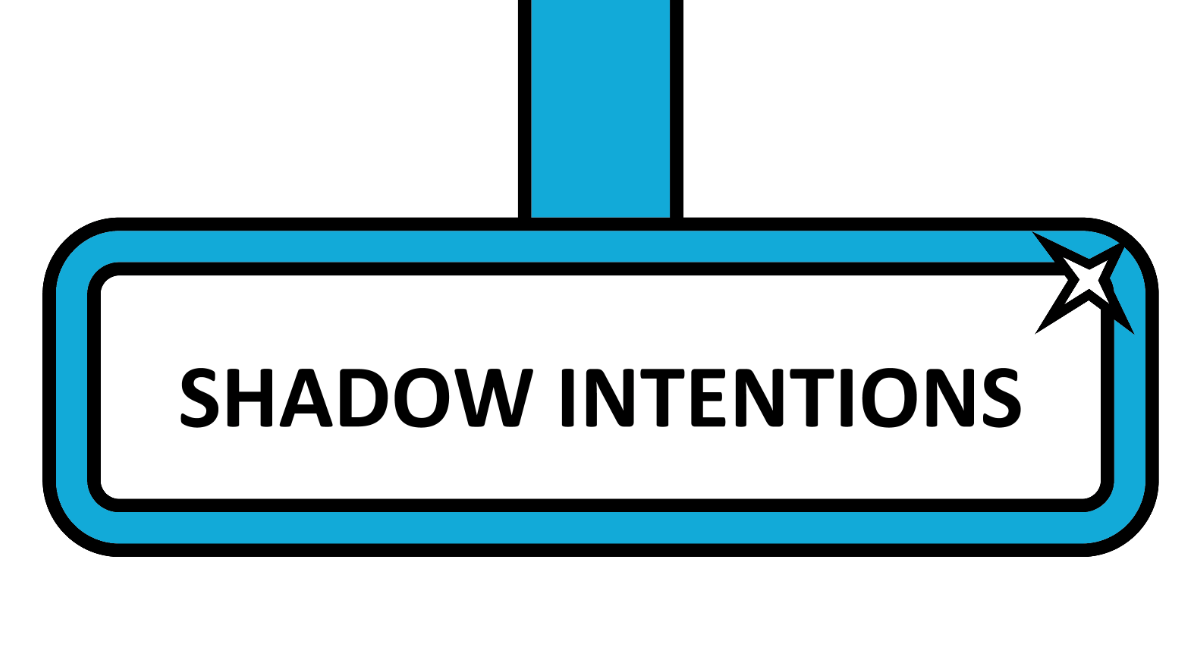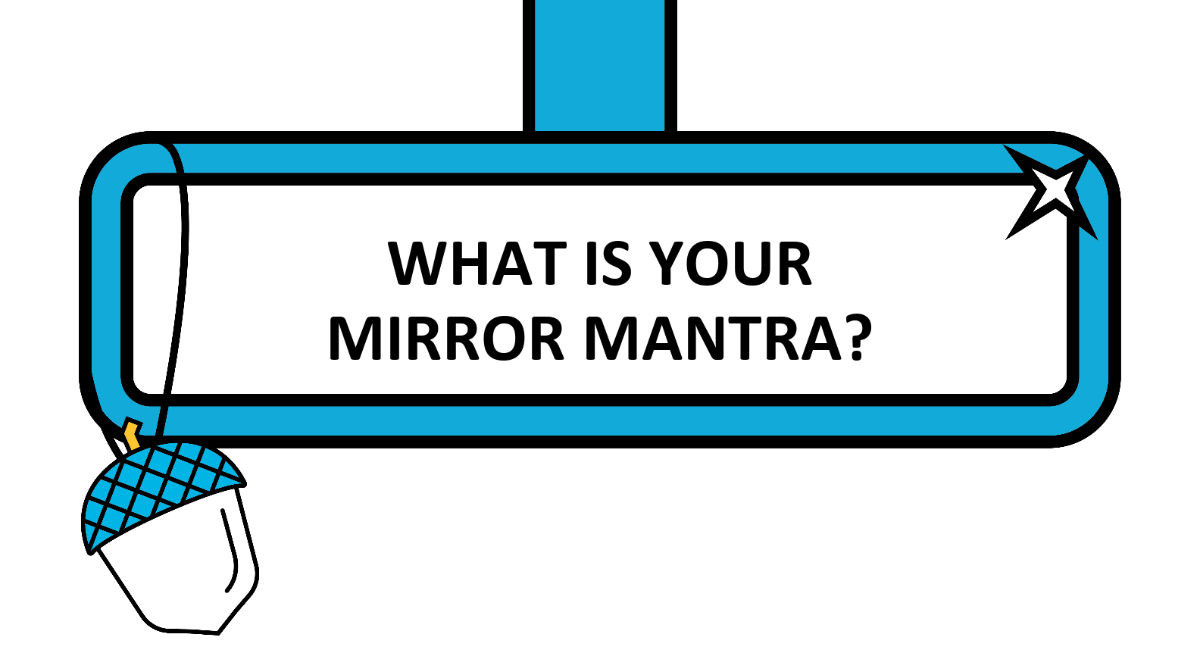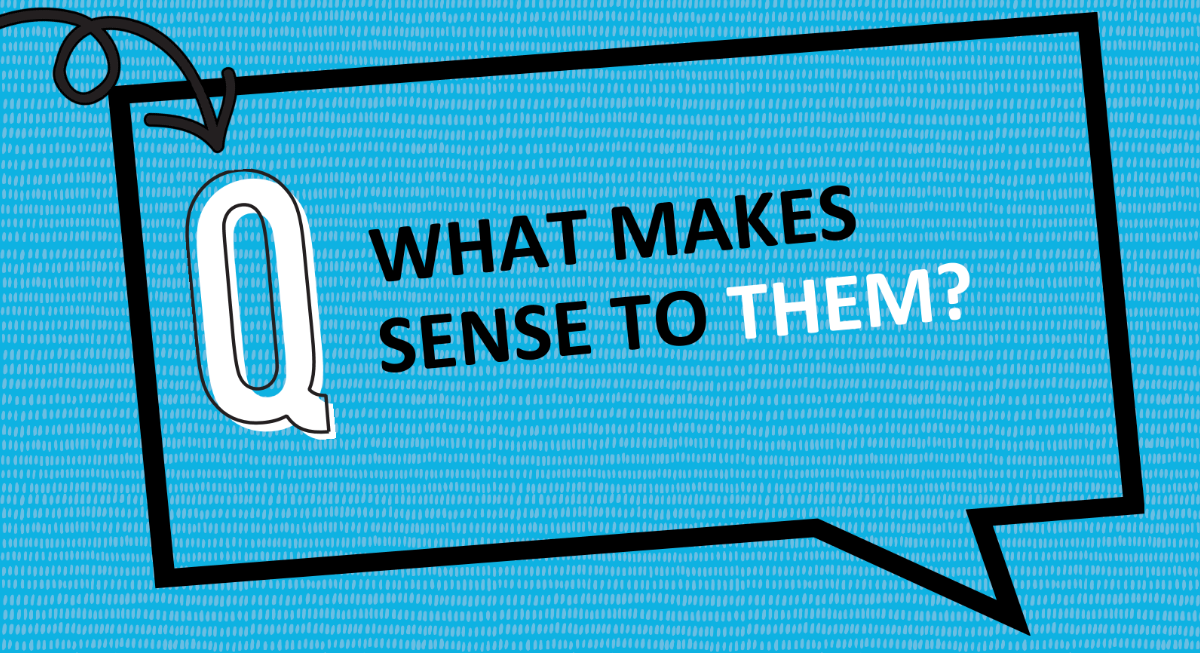
Today we’re talking about one of my favorite topics: intention and impact. This was one of my mega session topics at SHRM 19!
I was initially curious about this topic because I have seen and experienced what happens when people have good intentions, but their impact is totally different. I use the framework of blindspots to close the gap between intentions and impact. You may remember a past blog about blindspots and the metaphorical car. When you are driving a car, you use your mirrors to assist. What if you multiplied your mirrors to close the impact gap?

Mirror One: Shadow Intentions
In some situations, we are protecting ourselves, and this gets in the way of our impact. We discredit someone because they aren’t in our field. We try to cover our own butt when we made a mistake. The question we should ask ourselves is, “how might I have been protecting myself?” Including the word ‘might’ in there is important. It’s difficult to admit when we’re doing this, and naming out all possibilities helps us pinpoint our shadow intentions.
Mirror Two: Look in the Other Person’s Mirror
Everyone has their own perception of a situation, and that perception always makes sense to that person. Start by asking yourself, “what makes sense to the other person?” One of the ways you can do this is to explore what value they were honoring when they showed up in the situation. The following story is a classic Sarah anecdote and it so perfectly illustrates this idea.
I was working with a client who shared that another team member would hear her colleagues having a conversation in a cubicle and would insert herself into the conversation by shouting over the cubicle walls. It really bothered my client and he realized he needed to have a conversation with her. I asked him when the team member did this, what value of his was she stepping on? He replied that it was disrespectful when she did this. I followed up with, “What value do you think she was honoring when she does this?” A lightbulb went off in his head and he replied that she thought she was being helpful to her team members when she shouted over cubicles. At that point, he knew how to approach the conversation.

Mirror Three: Mirror Mantras
Mirror Mantras are images, metaphors, phrases, etc. that ground us in how we want to show up. A classic example is treat others the way you would want to be treated. A few of my personal mantras include be a daisy in an onion patch and always be chronically curious. I would love to hear your own mirror mantras. This week, tag me on social media and use #mirrormantra to share or comment below!


